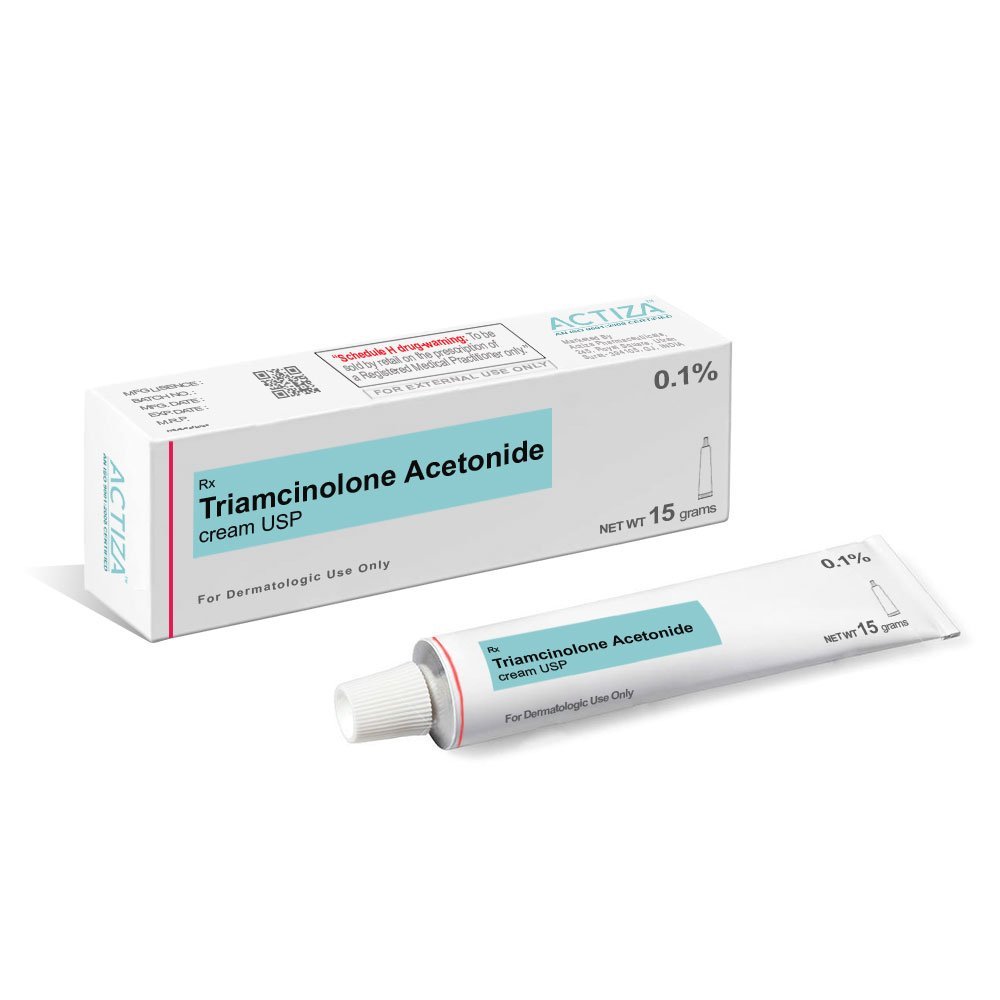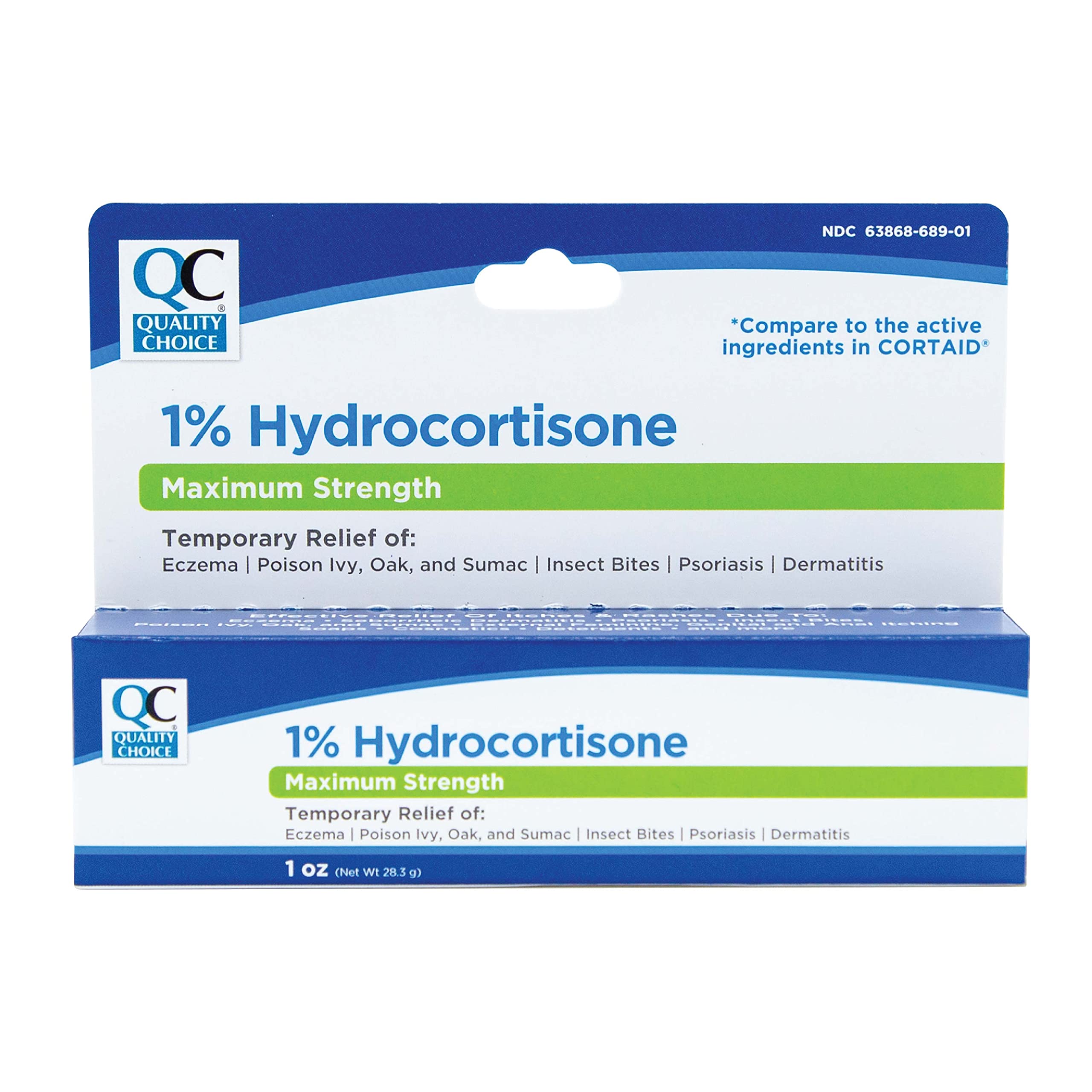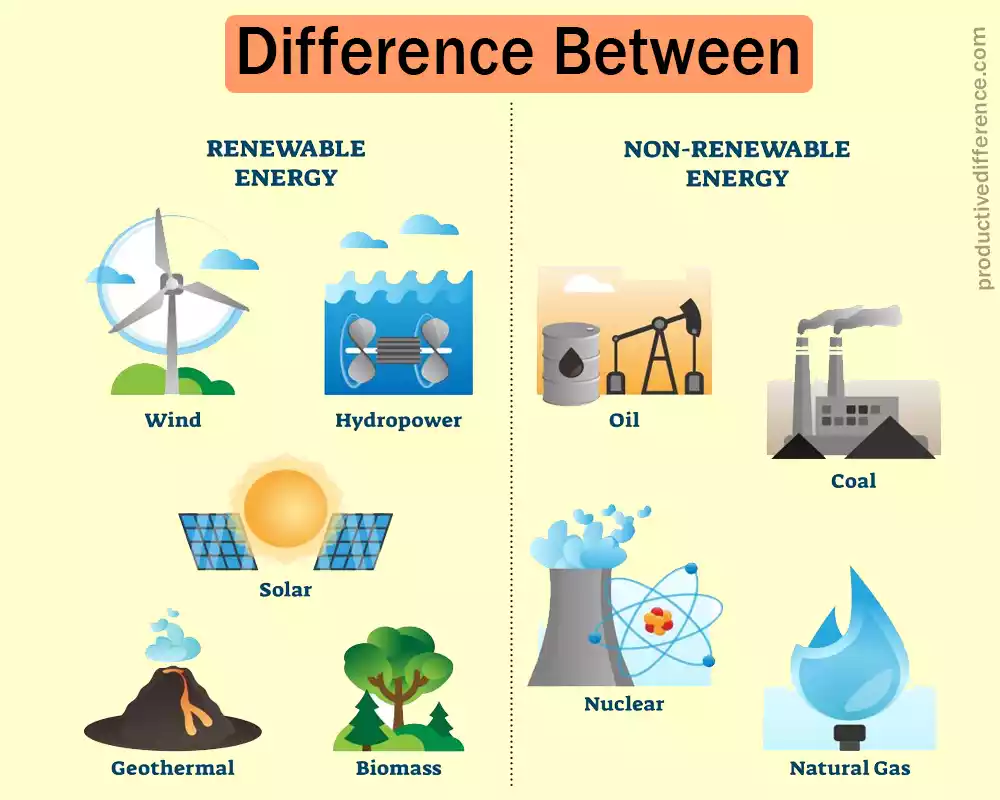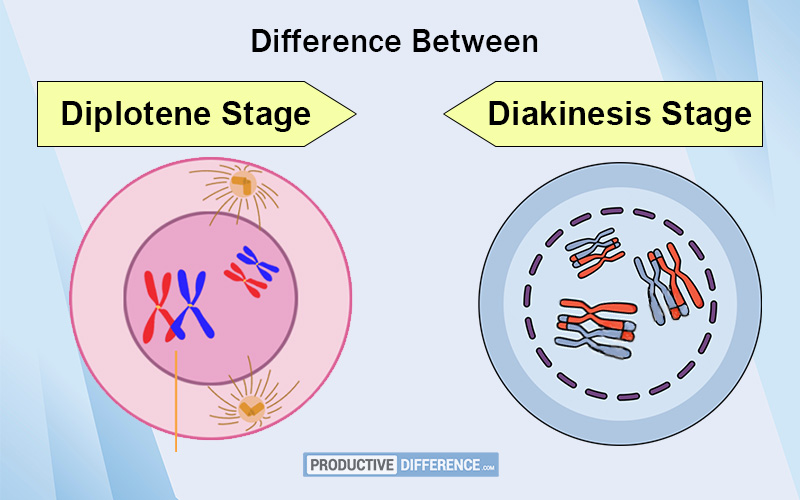Triamcinolone and Hydrocortisone are corticosteroid medications used to treat various inflammatory and allergic conditions, with Triamcinolone being more potent and Hydrocortisone having milder effects.
Definition and overview of Triamcinolone
Triamcinolone, a synthetic corticosteroid medication belonging to the glucocorticoid class of drugs, is derived from cortisol produced naturally by adrenal glands. Triamcinolone can be purchased in several forms including creams, ointments, nasal sprays and injections.
Triamcinolone, as an extremely potent corticosteroid medication, demonstrates anti-inflammatory, immunosuppressive, and anti-allergic properties. It acts by decreasing inflammation while simultaneously suppressing immune system reactions in the body; acting upon specific cellular receptors to modify gene expression patterns to eliminate various pro-inflammatory substances that produce inflammation within.
Triamcinolone’s broad anti-inflammatory effects make it an invaluable weapon against various conditions, from allergic reactions and skin disorders to joint inflammation and joint swelling. Triamcinolone can provide much-needed relief by decreasing redness, swelling, itching and discomfort associated with such issues.
Triamcinolone comes in various strengths and formulations to provide tailored treatment according to severity and location. Common applications for Triamcinolone include topical application for skin conditions or injection into joints for arthritis-related issues; its nasal spray formulation can also be used effectively against allergic rhinitis symptoms.
Triamcinolone should only ever be taken under the advice of healthcare providers who will determine an individualized dosage, duration and form of administration based on an individual’s medical history and individual requirements.

Definition and overview of Hydrocortisone
Hydrocortisone, commonly referred to as cortisol, is an endogenous corticosteroid hormone produced naturally by adrenal glands in our bodies that plays an essential role in maintaining physiological processes including metabolism, immunity response and stress response.
Hydrocortisone can also be produced endogenously; however, hydrocortisone medication for therapeutic use can also be purchased to be administered intravenously or externally to patients as required. Hydrocortisone belongs to the class of glucocorticoids used commonly in medical practice and its therapeutic use varies across multiple therapeutic contexts and applications ranging from creams, ointments, lotions gels suppositories enemas injections etc.
Hydrocortisone works by binding to specific receptors on cells and altering gene expression to produce anti-inflammatory, immunosuppressive, and anti-allergic effects – ultimately helping reduce inflammation while suppressing immune reactions to help alleviate symptoms associated with skin conditions, allergies, itching or rashing.
As a topical medication, hydrocortisone is frequently employed for treating skin ailments like dermatitis, eczema, insect bites and other skin irritations, including itching redness swelling discomfort associated with these conditions. Suppository and enema formulations of hydrocortisone also can be utilized to manage certain digestive ailments like ulcerative colitis and inflammatory bowel disease.
Hydrocortisone may also be prescribed in emergency medical situations, including adrenal insufficiency (Addison’s disease) or acute adrenal crisis in which your body fails to produce enough cortisol – in these instances hydrocortisone should be given intravenously to restore cortisol levels and avoid potentially life-threatening complications.
Hydrocortisone comes in various strengths and its use should always be overseen by healthcare providers. They will determine an individualized dose based on each condition being treated and individual patient factors.
Hydrocortisone can generally be taken safely when taken as directed; it’s essential that users adhere to all prescribed guidelines and seek medical advice if any side effects or adverse reactions develop. Prolonged or excessive usage could potentially result in skin thinning, discoloration and systemic effects due to prolonged high dose use or usage for extended duration periods.

Importance of understanding the differences between Triamcinolone and Hydrocortisone
Understanding the differences between Triamcinolone and Hydrocortisone is important for several reasons:
- Efficacy: Triamcinolone and Hydrocortisone each possess unique potencies and mechanisms of action, with Triamcinolone generally considered more potency than Hydrocortisone. Understanding their relative effectiveness helps healthcare providers identify which medication will provide maximum relief to meet a given condition or patient need.
- Indications: Triamcinolone and Hydrocortisone medications may have various uses and applications; each drug should be utilized appropriately when prescribed to treat specific medical conditions. Becoming familiar with which conditions each medication has been approved to treat can ensure effective and targeted therapy treatment plans are provided to individuals.
- Side Effects: Corticosteroid medications often produce differing side effect profiles. Healthcare professionals need to familiarise themselves with each drug’s potential adverse reactions so as to monitor patients for specific adverse reactions and take necessary preventive actions if any occur.
- Formulations and Strengths: Triamcinolone and Hydrocortisone come in various formulations and strengths that affect their mode of administration, dosage regimen, duration of therapy and mode of application. Understanding these variances is integral for selecting and administering medication appropriately.
- Interactions and Contraindications of Triamcinolone and Hydrocortisone: Being aware of possible drug interactions is vitally important to patient safety. Being able to anticipate possible interactions can prevent adverse drug interactions as well as enhance therapeutic results and ensure patient well-being.
- Cost and Availability: Awareness of Triamcinolone and Hydrocortisone costs and availability is essential in making informed decisions regarding treatment options, while guaranteeing accessibility.
Understanding the differences between Triamcinolone and Hydrocortisone enables healthcare professionals to make informed decisions regarding medication selection, dosing, and monitoring, leading to more effective and safe treatment outcomes for patients. It also allows patients to have a better understanding of their prescribed medication, its potential benefits, and any associated risks.
Difference Between Triamcinolone and Hydrocortisone
Pharmacology refers to the study of how drugs interact with the body and how they exert their therapeutic effects. Understanding the pharmacology of a medication like Triamcinolone and Hydrocortisone helps healthcare professionals determine the appropriate use, dosage, and potential side effects of these drugs.
- Mechanism of Action:
- Triamcinolone: Triamcinolone works by binding to intracellular glucocorticoid receptors and modulating gene expression resulting in anti-inflammatory and immunosuppressive actions, inhibiting production of proinflammatory mediators/cytokines to further diminish inflammation/immune responses.
- Hydrocortisone: Hydrocortisone acts similarly by binding to glucocorticoid receptors and modulating gene expression, while simultaneously blocking production and release of proinflammatory substances like prostaglandins and leukotrienes for better anti-inflammatory and immunosuppressive outcomes.
- Pharmacokinetics:
- Triamcinolone: Triamcinolone comes in various formulations, from topical creams and ointments, nasal sprays and injectable preparations – to topical creams, ointments and nasal sprays – available over-the-counter (OTC), such as topical application in cream form absorbed through skin absorption rates depending on formulation, application area and skin barrier integrity; liver metabolism then facilitates elimination through urine or feces excretions.
- Hydrocortisone : Hydrocortisone comes in various formulations, from topical creams and ointments, lotions, gels, suppositories, enemas and injections all the way through to topical application and injections. Each route of administration affects its absorption, distribution, metabolism and elimination – for instance topical application can absorb through skin absorption before being processed by liver before ultimately leaving through urine excretion.
- Duration of Action:
- Triamcinolone: Triamcinolone has a longer duration of action compared to Hydrocortisone, permitting less frequent dosing intervals and applications.
Hydrocortisone : Hydrocortisone has shorter lasting action that may necessitate more regular dosing sessions or application frequency intervals.
- Triamcinolone: Triamcinolone has a longer duration of action compared to Hydrocortisone, permitting less frequent dosing intervals and applications.
It is important to note that the pharmacokinetics and pharmacodynamics of these medications can vary depending on the specific formulation, strength, individual patient factors, and the condition being treated. Healthcare professionals take these factors into account when prescribing and monitoring the use of Triamcinolone and Hydrocortisone to optimize therapeutic outcomes and minimize side effects.
Therapeutic Uses
The therapeutic uses of Triamcinolone and Hydrocortisone are as follows:
Triamcinolone:
- Allergic Conditions: Triamcinolone can help alleviate allergic conditions like allergic rhinitis (nasal allergies), conjunctivitis (eye allergies), and dermatitis (skin allergies).
- Inflammatory Skin Conditions: Triamcinolone can effectively manage various inflammatory skin conditions such as eczema, dermatitis, psoriasis and allergic skin reactions.
- Joint Inflammation and Arthritis: Triamcinolone injections may help relieve joint inflammation associated with arthritis, bursitis or tendonitis by directly injecting into affected joints to decrease swelling and relieve symptoms associated with inflammation or tendonitis.
Hydrocortisone:
- Allergic Reactions: Hydrocortisone can help relieve allergic reactions such as itching, redness and swelling caused by insect bites, hives or contact dermatitis.
- Dermatitis and Eczema: Hydrocortisone creams and ointments have long been utilized as effective solutions to various forms of dermatitis and eczema, including atopic and contact dermatitis.
- Itching and Rash: Hydrocortisone may provide relief for itching and rashes caused by insect bites, allergic reactions or irritant contact dermatitis.
While Triamcinolone and Hydrocortisone share similar therapeutic applications in certain areas, choosing which medication best addresses a condition’s severity or specific nature depends heavily on an individual patient’s response and condition itself – therefore seeking professional medical advice before making your own medical decisions for best outcomes. For proper diagnosis and tailored therapy plans.
Formulations and Strengths
Triamcinolone and Hydrocortisone come in various formulations and strengths for different treatment requirements.
Here are the more frequently seen formulations of each medication.:
Triamcinolone:
- Creams and Ointments: Triamcinolone comes in various topical formulations such as creams and ointments that may provide topical relief from skin conditions, directly applied onto affected areas for local relief.
- Triamcinolone Nasal Sprays: Triamcinolone nasal sprays can provide effective management for allergic rhinitis symptoms like nasal congestion, sneezing and itching relief.
- Triamcinolone Injections: Triamcinolone injections may be administered directly into joints suffering from arthritis, bursitis or tendonitis to reduce inflammation and alleviate discomfort.
The strengths and specific formulations of Triamcinolone may vary depending on the country and manufacturer. Common strengths for topical Triamcinolone creams and ointments range from 0.025% to 0.1%.
Hydrocortisone:
- Creams and Ointments: Hydrocortisone comes in various topical formulations such as creams and ointments for treating skin conditions directly onto affected areas to provide local relief.
- Lotions and Gels: Hydrocortisone lotions and gels may be used for certain skin conditions where a lighter or more spreadable consistency is desired.
- Suppositories and Enemas: Hydrocortisone suppositories and enemas may help manage certain gastrointestinal conditions, including ulcerative colitis and inflammatory bowel disease.
Like Triamcinolone, Hydrocortisone strengths and specific formulations vary based on country and manufacturer; common strengths for topical Hydrocortisone creams and ointments range between 0.5%-2.5%.
Note that selecting an effective formulation and strength depends upon the condition being treated, its severity, and recommendation from healthcare professionals. Therefore it’s vitally important that users follow prescribed instructions regarding usage and dosing instructions from healthcare providers.
Side Effects and Adverse Reactions
Both Triamcinolone and Hydrocortisone, being corticosteroid medications, can cause side effects and adverse reactions. It’s important to be aware of these potential effects and consult a healthcare professional if any concerning symptoms occur.
Here are some of the common side effects and adverse reactions associated with Triamcinolone and Hydrocortisone:
Triamcinolone:
- Common Side Effects:
- Skin irritation, itching, or burning at the site of application
- Dry skin
- Changes in skin pigmentation
- Acne or worsening of existing acne
- Thinning of the skin
- Increased hair growth (especially with prolonged use)
- Skin rash or hives
- Serious Side Effects (less common, but may occur with systemic use or prolonged high-dose therapy):
- Adrenal suppression (reduced adrenal gland function)
- Cushing’s syndrome (excessive cortisol in the body)
- Increased susceptibility to infections
- Delayed wound healing
- Increased blood sugar levels (particularly in individuals with diabetes)
- Osteoporosis or bone fractures
- Eye problems (if used near the eyes)
- Allergic reactions (rare but can be severe)
Hydrocortisone:
- Common Side Effects:
- Skin irritation, burning, or stinging at the application site
- Dry skin
- Itching
- Acne or worsening of existing acne
- Changes in skin pigmentation
- Thinning of the skin
- Serious Side Effects (less common, but may occur with systemic use or prolonged high-dose therapy):
- Adrenal suppression
- Cushing’s syndrome
- Increased susceptibility to infections
- Delayed wound healing
- Increased blood sugar levels
- Osteoporosis or bone fractures
- Eye problems (if used near the eyes)
- Allergic reactions
The likelihood and severity of these side effects can vary depending on factors such as the duration of use, the strength of the medication, the area of application, and individual patient factors. It’s recommended to use these medications under the guidance of a healthcare professional, adhere to the prescribed dosage, and report any concerning side effects promptly.
This list of side effects is not exhaustive, and other side effects may occur. It’s crucial to consult a healthcare professional for a comprehensive understanding of potential side effects and adverse reactions specific to an individual’s circumstances.
Precautions and Contraindications
When using Triamcinolone or Hydrocortisone, certain precautions and contraindications should be considered to ensure safe and effective use of these medications.
Here are some important precautions and contraindications to be aware of:
- Allergies: Individuals who have shown an allergy or hypersensitivity to triamcinolone, hydrocortisone or any other corticosteroids should steer clear from using such medicines.
- Infections: Corticosteroids have the ability to suppress immune systems and increase susceptibility to infections. Therefore it’s prudent to exercise extreme caution if taking Triamcinolone or Hydrocortisone should there be evidence of existing or suspected bacteria, virus, fungi, or parasitic infection at any site where treatments will be applied; localized infections at application should also be carefully considered before beginning treatments.
- Systemic Effects: Over time or with repeated high-dose use of Triamcinolone or Hydrocortisone can have systemic side-effects including adrenal suppression, Cushing’s syndrome and metabolic changes; individuals who already suffer from conditions like diabetes, hypertension, osteoporosis or compromised adrenal function may require special monitoring or adjustments in order to stay safe on this regimen.
- Pregnancy and Breastfeeding: Before using Triamcinolone or Hydrocortisone during pregnancy or breastfeeding, consult with a healthcare provider about any risks or potential benefits prior to making any decisions on its usage.
- Children: Parents should exercise extreme caution when giving Triamcinolone or Hydrocortisone to children as their developing bodies may be more prone to systemic effects of corticosteroids than in adults. Careful monitoring and dosage adjustments may be required as necessary.
- Interactions: Triamcinolone and Hydrocortisone may interact with other medications; therefore it is vitally important for healthcare providers to be made aware of any other medicines, supplements or herbal products taken alongside Triamcinolone/ Hydrocortisone to minimize potential drug interactions.
- Withdrawal: Abruptly discontinuing Triamcinolone or Hydrocortisone use after prolonged usage can result in adrenal insufficiency; to minimize this risk, gradual tapering off must take place with guidance from healthcare providers to minimize adrenal suppression risks.
Prior to using Triamcinolone or Hydrocortisone, it is vitally important that any preexisting medical conditions, medications and concerns be discussed with a healthcare provider in order to receive personalized advice, monitoring, dosage recommendations based on each unique circumstance or need of the individual patient. They will offer tailored guidance suited specifically for them based on what works for each situation and individual need.
Drug Interactions
Triamcinolone and Hydrocortisone, being corticosteroids, can potentially interact with other medications. It is important to be aware of these drug interactions to avoid adverse effects or reduced efficacy.
Here are some notable drug interactions to consider:
- Combining Triamcinolone or Hydrocortisone with nonsteroidal anti-inflammatory drugs like Ibuprofen or Naproxen may increase your risk of ulceration or bleeding in the digestive system.
- Corticosteroids have the ability to compound with warfarin’s anticoagulant effects and increase bleeding risk when used together, so close monitoring of blood clotting parameters must occur when taking these medicines simultaneously.
- Triamcinolone or Hydrocortisone can interact with immunosuppressant drugs like cyclosporine or tacrolimus and increase risk of infection or alter metabolism of these medications, necessitating regular monitoring and close supervision by healthcare professionals to ensure safety in these instances.
- Corticosteroids may increase blood glucose levels, interfering with the efficacy of antidiabetics such as insulin or oral hypoglycemic agents. Therefore, close monitoring and adjustment may be required during corticosteroid therapy to maintain effective treatment.
- Live or attenuated vaccines may become less effective when combined with Triamcinolone or Hydrocortisone due to immunosuppressing effects, so completing vaccination courses before commencing corticosteroid therapy is generally advised.
- Certain antifungal medicines, like ketoconazole or itraconazole, may prevent corticosteroids from breaking down effectively and increase corticosteroid levels and risk. Dosage adjustments may be required when taking these two drugs at once.
- Drug interactions may occur among medications taken simultaneously, including antibiotics, antiviral medicines and those which alter liver metabolism (e.g. rifampin). Therefore it is imperative that healthcare providers are kept aware of all medications including those purchased over-the-counter or via herbal sources in order to identify possible interactions that could occur between them and specific ones taken as medication or other remedies taken simultaneously.
Not to be overlooked is that this list is by no means exhaustive, and other interactions could occur. Healthcare professionals should always be consulted in advance in order to review individual medication regimens for potential interactions before initiating Triamcinolone or Hydrocortisone treatments, so as to provide proper guidance and monitoring that guarantees safe use.
Cost and Availability
The cost and availability of Triamcinolone and Hydrocortisone can vary depending on factors such as the specific formulation, strength, brand, country of purchase, and healthcare coverage.
Here are some general points to consider regarding cost and availability:
Generic Versus Brand Name: Triamcinolone and Hydrocortisone generic versions can often be more cost effective compared to their brand-name equivalents, thanks to regulatory authorities who approve them for safety and efficacy. Generic versions have identical active ingredients approved by these agencies that comply with all safety requirements, making generic medications ideal alternatives to brand-name counterparts for purchase at reduced costs.
Insurance Coverage: Triamcinolone and Hydrocortisone may be partially or fully covered by health insurance plans depending on their coverage and policy details, making it wise to check with them first to ascertain any extent of coverage they might offer for these medications. It would also be worthwhile speaking directly with their provider to determine this coverage level for these meds.
Formulations and Strengths: The cost of Triamcinolone and Hydrocortisone may depend upon its formulation and strength; for instance, topical creams/ointments might be less costly compared to injectable forms; higher strengths might also cost more.
Pharmacy and Location: Triamcinolone and Hydrocortisone prices can differ between pharmacies. Prices may also depend upon your country of residence; therefore it can be useful to compare costs at various pharmacies to find the most cost-effective one.
Prescription Requirement: Triamcinolone and Hydrocortisone medications typically require a valid valid valid prescription from healthcare provider prior to being obtained at pharmacies; however, in certain countries some lower strength hydrocortisone creams may be sold over-the-counter.
Cost should always be taken into consideration when making decisions regarding medication choices; however, primary consideration should lie with treating specific conditions, considering individual patient factors, and seeking guidance from healthcare providers who can offer information about availability, cost, and appropriate use for Triamcinolone or Hydrocortisone according to individual situations.
Comparison chart
Here’s a comparison chart highlighting the key differences between Triamcinolone and Hydrocortisone:
| Aspect | Triamcinolone | Hydrocortisone |
|---|---|---|
| Drug Classification | Synthetic corticosteroid | Natural corticosteroid |
| Potency | Potent | Mild to moderate |
| Therapeutic Uses | Allergic conditions, inflammatory skin conditions, joint inflammation | Allergic reactions, dermatitis, itching |
| Formulations | Creams, ointments, nasal sprays, injections | Creams, ointments, lotions, gels, suppositories, enemas |
| Strengths | Varies (0.025% to 0.1% for topical creams/ointments) | Varies (0.5% to 2.5% for topical creams/ointments) |
| Duration of Action | Long | Short |
| Side Effects | Skin irritation, thinning of the skin, increased hair growth, etc. | Skin irritation, thinning of the skin, acne, changes in pigmentation, etc. |
| Precautions | Allergies, infections, systemic effects, pregnancy, breastfeeding | Allergies, infections, systemic effects, pregnancy, breastfeeding |
| Interactions | NSAIDs, anticoagulants, immunosuppressants, antidiabetic drugs, etc. | NSAIDs, anticoagulants, immunosuppressants, antidiabetic drugs, etc. |
| Cost and Availability | Generic versions available, cost may vary based on formulation, strength, and location | Generic versions available, cost may vary based on formulation, strength, and location |
Conclusion
Triamcinolone and Hydrocortisone are two corticosteroid medications widely utilized by healthcare professionals for various therapeutic uses, so understanding their distinction is of great significance both to patients as well as healthcare providers. Triamcinolone, for instance, is a synthetic corticosteroid with powerful anti-inflammatory effects used commonly for treating allergic conditions, skin inflammations and joint issues like joint inflammation; Hydrocortisone offers similar effects but comes naturally; typically used to alleviate symptoms related to allergic reactions, dermatitis or itching symptoms.


